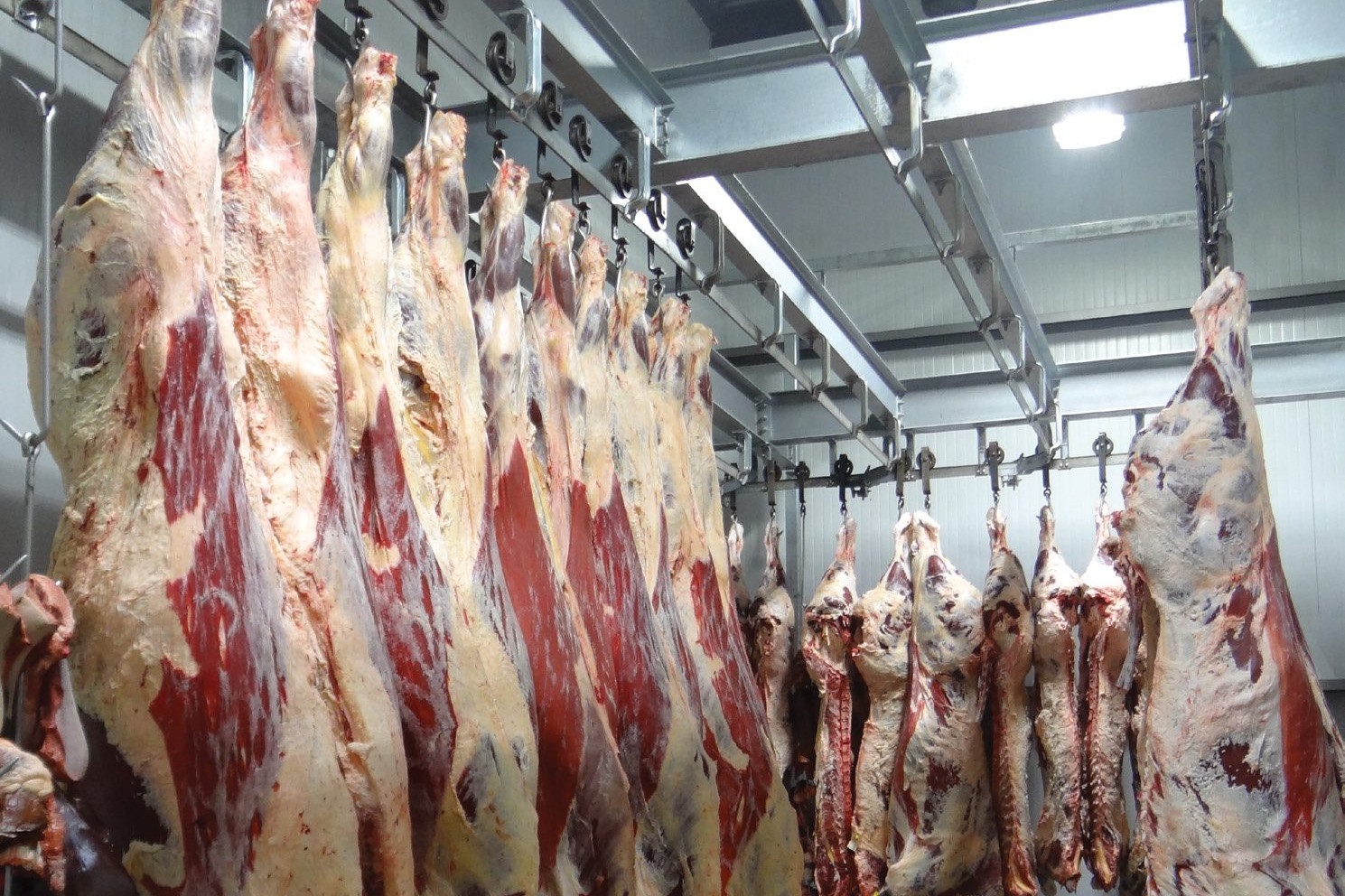Dairy switch not simple
By Joanna Grigg

Using dairy genetics may lower greenhouse gas from your beef farm but will black and whites really stack up against the beef cow?
Switching out traditional beef to bought-in Friesian or Jersey stock may improve industry efficiencies but needs to be thought through.
Professor Steve Morris, of the School of Agriculture and the Environment, Massey University, tackled the question from a farm systems approach.
The Life Cycle Analysis study, (Ledgard, AgResearch) compared a dairy beef system to a traditional breeding beef cow system. It concluded that replacing a beef cow and calf system with bought-in dairy beef animals can cut GHG emissions per kilogram (kg) of meat sold by 22%.
Unashamedly a fan of the beef cow, Morris said that her strengths are her ability to eat poor quality pasture and still grow a calf at one kilogram a day. He said the study was done assuming both classes were grazing pasture worth 10.8 megajoules of metabolizable energy. This is probably higher-quality feed than an average cow would eat over the year, so not a fair comparison, Morris said.
Dairy beef steers would not grow on the standard poor-quality feed eaten by cows, and it will actually extend their time on the farm.
“This would make them less efficient and increase emissions per head.”
Cows do the hard-yards cleaning up taggy country, sucking in high volumes of dry material then tightening belts at crunch times. The dairy equivalent, is perhaps an in-calf or empty carry-over cow. An option to integrate more dairy genetics might be grazing carry-over cows, for a weekly income, or purchasing them in autumn when the price is typically lower. They could be fattened for sale in spring.
Morris would like to see more work on understanding the methane outputs of different beef systems. This research is only just starting, he said. The breeding beef cow typically emits 82kg methane a year, based on her eating 3800kg of drymatter feed annually and 21.6 grams methane emitted per kg feed intake.
There is an opportunity to make better use of the 1.8 million dairy calves sent to slaughter but it needs dairy and beef farmers to work together on system solutions.
The beef industry is taking about 900,000 dairy calves to grow on.
“We need more rearers and more people to graze them on.”
Dairy farmers need incentives to spend the extra money on sexed beef-breed genetic semen, to produce the male beef crosses required. Usually, dairy farmers like their heifer dairy calves born first, while beef finishers want male calves first and don’t want to buy the younger and typically smaller later calves.
Another option is for beef farmers to buy in beef breed/Friesian-cross heifer calves. These could be grown on and finished or bred from as once-bred heifers. This would do away with the need to maintain a breeding herd.
These would need feeding at levels above a typical breeding cow. There was a lot of research on this in the 1990s, Morris said, and the idea needs to resurface.
Carcaseweight targets are heavy because they are set around efficiencies for processing plants, not necessarily meat quality and farm systems. If plants rewarded lighter carcaseweights this might help make dairy beef more viable, he said.
The Argentinians kill cattle at 220 to 230kg CW, he said, and they are often considered great eating, while our 300kg cattle make cuts that are often too big.
When it comes to making a beef breeding herd pay its way in terms of greenhouse gas emissions, the old-fashioned basics are key.
“Heifers should be mated at 15 months, cows should only calve for two cycles and the in-calf rate should be over 90%, not at 84%.”
He lays down a challenge to beef finishers.
“If Friesian bulls can be slaughtered to weight at 15 months, why not beef breeds?”
“We can make up efficiencies here.”




